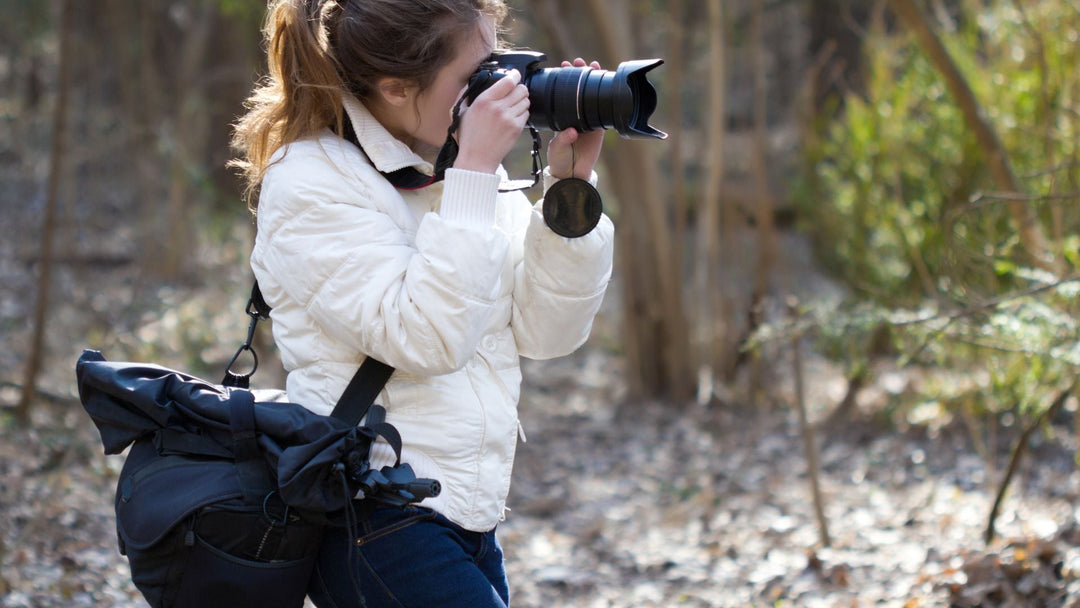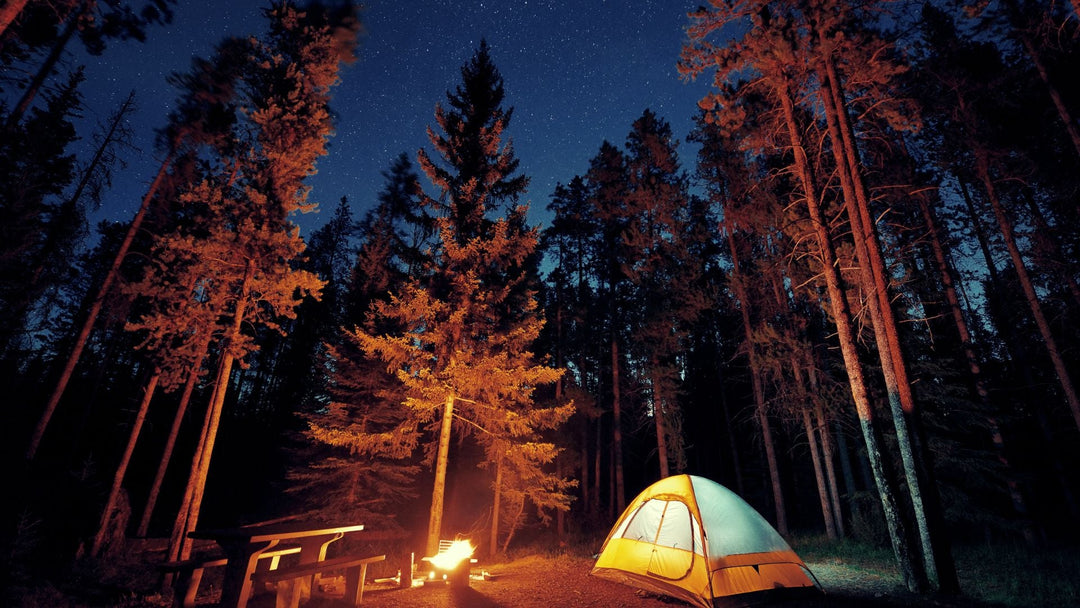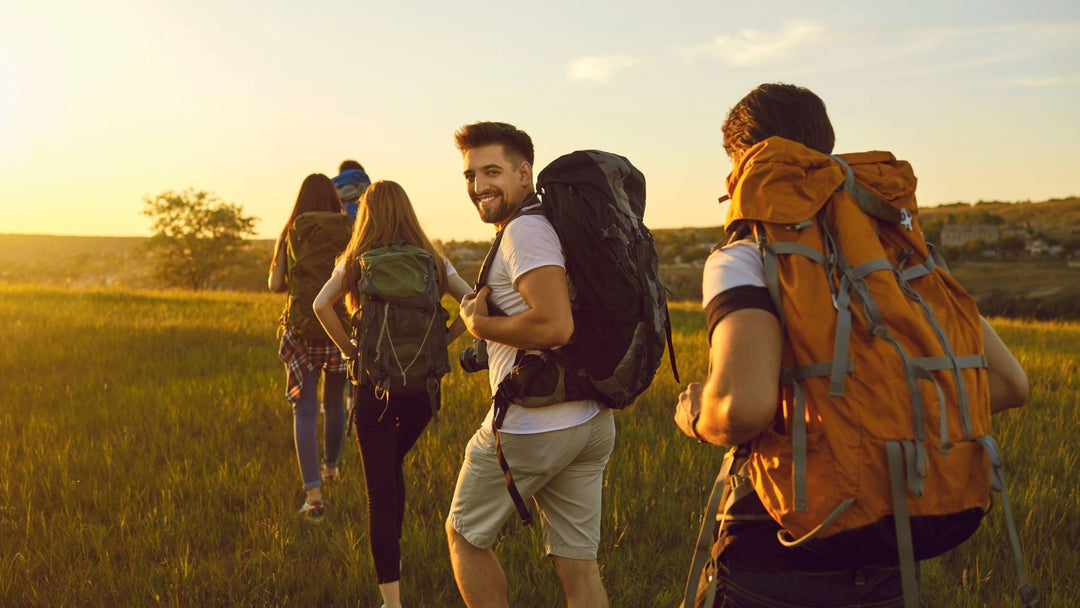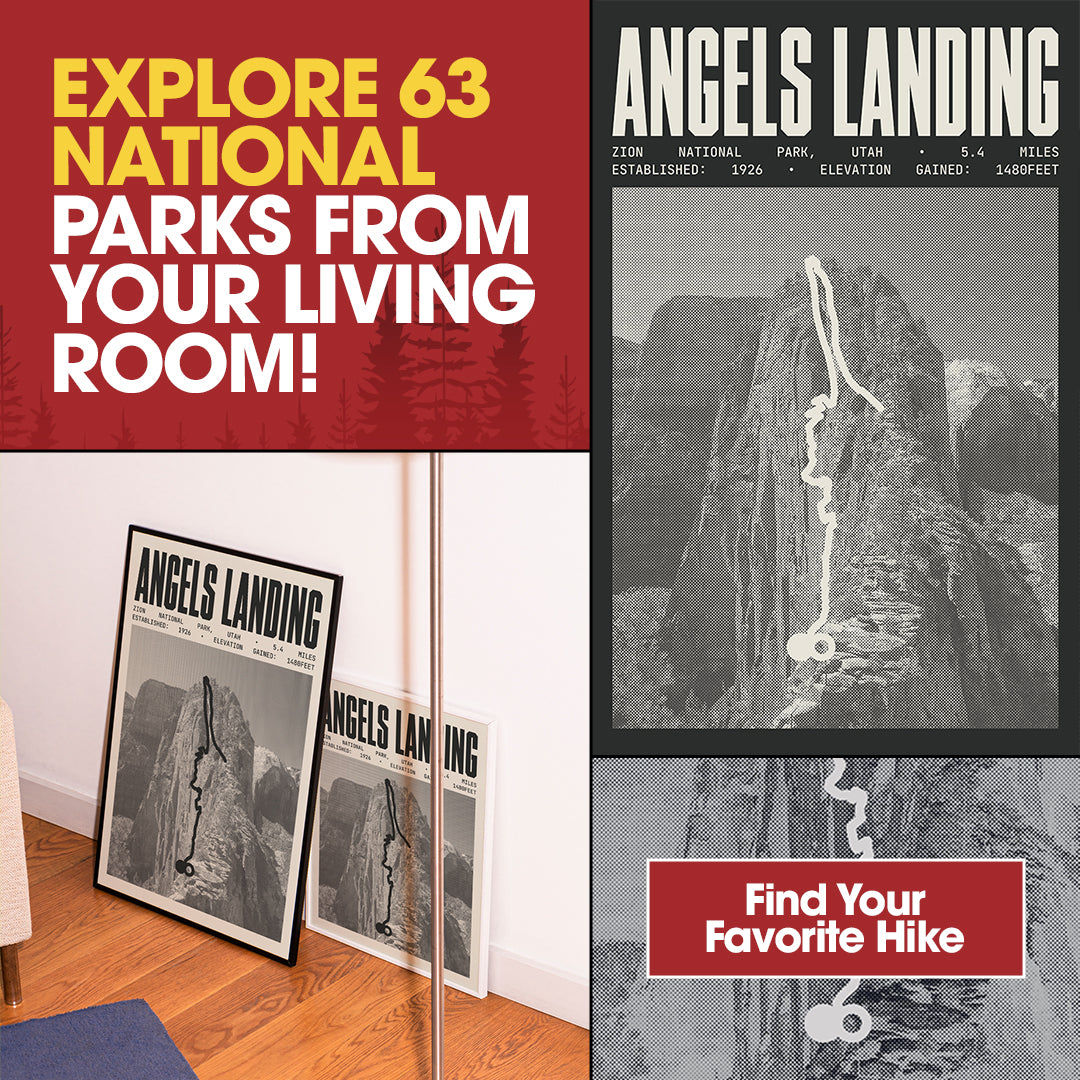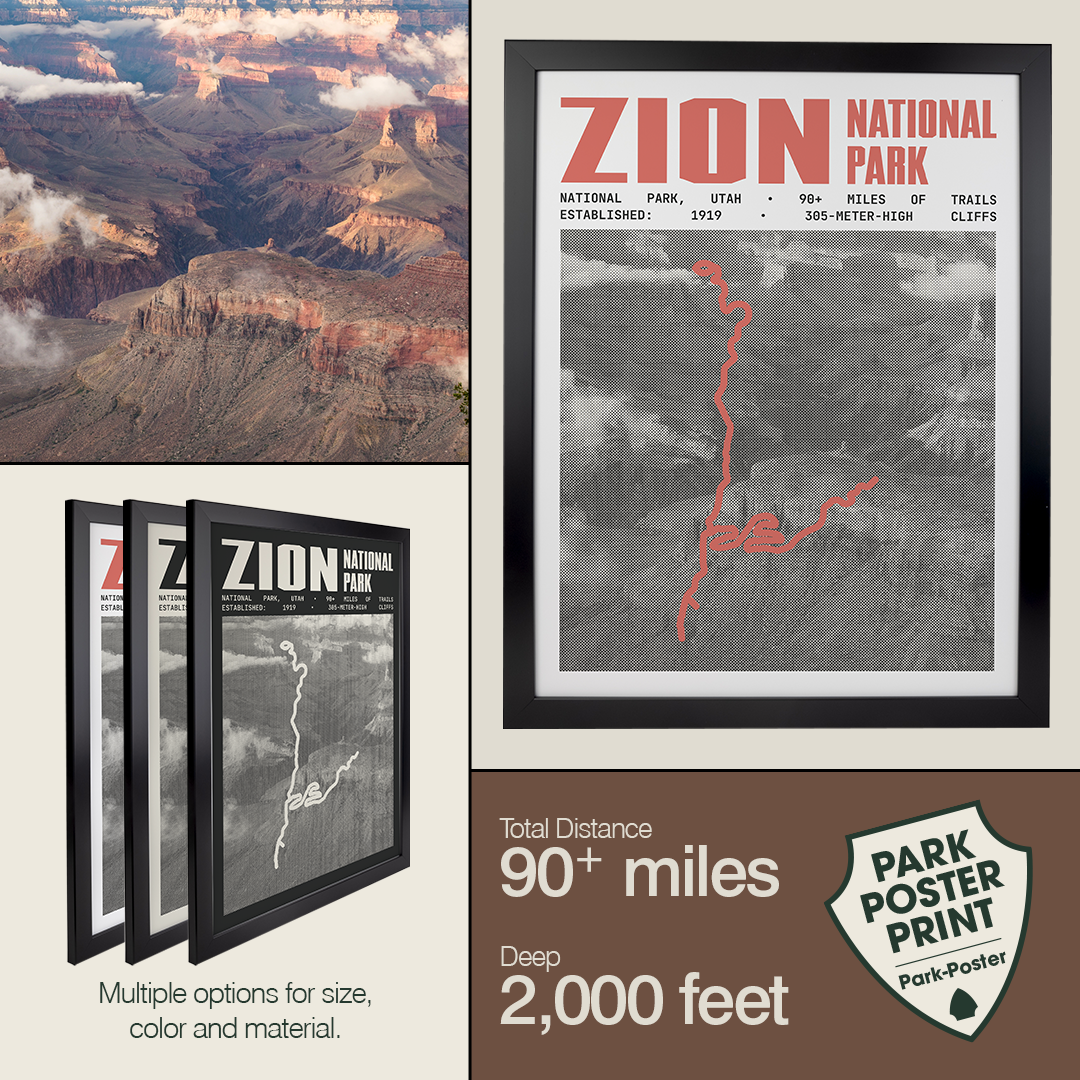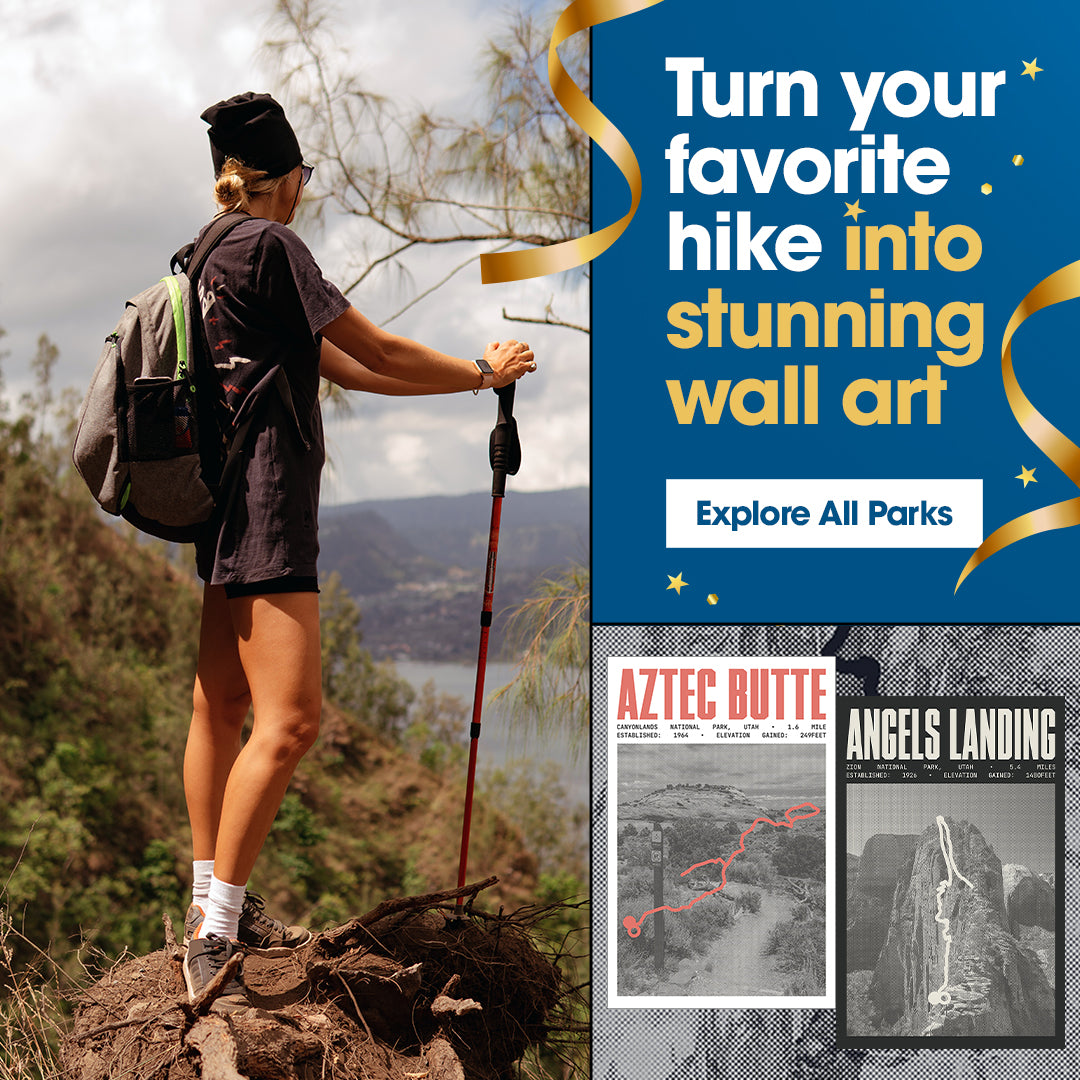Your First National Park Visit? Here’s What You Should Know

National parks are nature’s ultimate playground, offering stunning landscapes and endless opportunities for adventure. From the towering granite cliffs of Yosemite to the steaming geysers of Yellowstone, every park is a unique showcase of natural beauty and biodiversity. Visiting these parks is more than just a trip—it’s a chance to connect with nature and create unforgettable memories.
If you’re planning your first visit, this guide will help you every step of the way. We’ll cover key tips like how to plan your trip, navigate park passes, and stay safe around wildlife. With a focus on Leave No Trace principles, you’ll also learn how to minimize your impact and help preserve the parks for future generations.
Planning Your Visit: The Basics
With over 400 sites in the U.S. National Park System, choosing your first park to visit can feel overwhelming. To narrow it down, consider these factors:
-
Location: Do you want a park within driving distance or are you open to flying?
-
Interests: Are you passionate about hiking, wildlife spotting, or simply relaxing in awe-inspiring scenery?
-
Time of Year: Seasons greatly impact park experiences. For instance, spring is ideal for Joshua Tree (moderate temperatures), while fall often transforms Great Smoky Mountains into a sea of vibrant colors.
For beginners, popular choices include Yellowstone for its iconic landscapes, Grand Canyon for awe-inspiring views, and Acadia for its approachable hikes.
When to Go
Timing is everything! Peak seasons (like summer) draw large crowds, making trails and facilities busier. Opt for the shoulder seasons—spring and fall—when weather is pleasant, and visitor numbers are lower. Early morning visits can also help you avoid crowds and catch wildlife at its most active.
How to Get There
Depending on distance, you can either drive or fly to a park. Many parks are accessible via major cities with rental car options nearby. Be sure to map out in-park navigation, as cellular signal can be limited. Grab a physical park map or download offline navigation apps before heading out.
Essential Gear and Packing
Packing smart can make or break your visit. Here’s your packing essentials guide:
Clothing
-
Layering System: Weather in parks can be unpredictable, so wear moisture-wicking base layers, insulating mid-layers, and waterproof outer layers.
-
Weather-Appropriate Attire: Check the forecast and pack accordingly (e.g., lightweight clothes in summer or warm jackets for winter).
Footwear
-
Sturdy Hiking Boots: Good-quality hiking boots with ankle support are a must for uneven terrain. Break them in beforehand to avoid blisters.
-
Socks: Choose moisture-wicking socks to keep your feet dry and comfortable.
Other Essentials
-
A comfortable backpack.
-
Plenty of water (hydration packs or refillable bottles).
-
Sunscreen, a hat, and sunglasses for sun protection.
-
A map, compass, or GPS device.
-
A first-aid kit for emergencies.
Understanding Park Passes
National parks often require passes for entry, but don’t worry—it’s simple to secure one.
Types of Passes
-
Annual Pass (America the Beautiful): Grants year-long access to over 2,000 federal sites for just $80.
-
Senior Pass: Lifetime access for $80 (or an annual pass for just $20) for U.S. citizens aged 62 and older.
-
Military Pass: Free access to active-duty military personnel and their families.
Benefits of the Annual Pass
If you plan to visit multiple parks within the year, the Annual Pass offers significant savings. Plus, it simplifies entry at many parks.
Where to Purchase
You can buy passes online at USGS.gov or at the entrance of most national parks.
Leave No Trace Principles
Preserving the natural beauty of parks is everyone’s responsibility. Follow these seven Leave No Trace principles to minimize your impact:
1. Plan Ahead and Prepare
Research park regulations and pack appropriately to avoid unnecessary waste.
2. Travel and Camp on Durable Surfaces
Stick to marked trails and use designated campsites.
3. Dispose of Waste Properly
Pack out all trash and food scraps—if you pack it in, pack it out.
4. Leave What You Find
Don’t pick wildflowers or take rocks. Preserve the natural environment for others.
5. Minimize Campfire Impacts
Use established fire rings and keep fires small.
6. Respect Wildlife
Observe from a distance, never feed animals, and store food securely to avoid attracting wildlife.
7. Be Considerate of Others
Keep noise levels down and yield to other hikers on trails.
Wildlife Safety
Encountering wildlife can be thrilling, but safety should always come first.
Common Wildlife Encounters
-
Bears (in parks like Yellowstone and Glacier).
-
Deer (common but still unpredictable).
-
Snakes (usually hidden but watch your step).
Safety Tips
-
Store all food in bear-proof containers where required.
-
Make noise while hiking to alert animals of your presence.
-
Keep a safe distance—your zoom lens is your friend.
-
Carry bear spray in bear country (and know how to use it).
What to Do in an Encounter
-
Stay calm and avoid sudden movements.
-
Don’t run; back away slowly.
-
For bears, avoid direct eye contact and use bear spray if necessary.
Navigating and Staying Safe
Staying safe in national parks is all about preparation.
Importance of Maps and Navigation Skills
Learn how to read topographic maps and use a compass. Apps like AllTrails and Gaia GPS are helpful but don’t rely solely on technology—battery failure or lack of signal is common in remote areas.
Staying on Marked Trails
Trail markers guide your way and protect fragile ecosystems. Avoid shortcuts that could lead to getting lost.
Emergency Preparedness
Always carry a whistle, know basic first aid, and have a communication plan in place.
Resources for Planning
Take advantage of these resources to plan a smooth trip:
-
National Park Service Website: Comprehensive park-specific information, including trails and regulations.
-
Visitor Centers: Grab maps, attend ranger-led programs, and ask questions.
-
Park Ranger Programs: Explore guided hikes and educational talks to deepen your appreciation for the park.
National Park Posters and Prints
Do you feel that your home lacks a touch of nature? Do your walls need something new? You've found the perfect solution—with our exclusive collection of National Park art. These premium pieces are more than just decor; based on National park maps, these posters are a tribute to your experiences, quests, and the natural beauty integral to your story.
Our exquisitely curated selection of National Park prints, like our modern-day depictions of National Park, serves as more than wall art. These vibrant prints capture the stunning landscapes and unique geologic formations, evoking memories of your park adventures. These posters reflect your journey and highlight your achievements, reminding you of your exploration and the significance of preserving these natural marvels for future explorers.
Customize Your Poster!
You can tailor your National Park poster according to your preferences. Do you want to frame your chosen posters to match your décor seamlessly, or do you like our striking Canvas Prints in versatile sizes suitable for any wall? You're in control. Moreover, you can add a personal touch to your poster with your image and unique details, making your wall art a bona fide keepsake of your park experiences.
Quality You Can Trust
All our posters are 100% American-made and printed on premium paper with vivid colors, highlighting our commitment to high-quality products. Your satisfaction is our priority—if you're not happy with your purchase, we provide a 30-day money-back guarantee.
So don't wait! Celebrate your journey, inspire a love for nature, and commemorate your happy memories with our National Park posters.
Make Your National Park Visit Memorable
Visiting a national park for the first time is an incredible experience, but it’s important to be prepared. Start by researching the park you’re visiting to understand its unique features and any specific guidelines. Make a checklist to ensure you pack essentials like sturdy shoes, water, snacks, and weather-appropriate clothing.
Once you’ve planned the basics, take some time to familiarize yourself with the park’s trails and attractions. The National Park Service Website is a great resource for maps, tips, and seasonal updates to help you make the most of your trip. With a little preparation and respect for nature, you’ll be ready for an unforgettable adventure. Happy exploring!
Bring Your Adventures Home with National Park Prints
Relive your adventures with our National Park Prints. Order your National Park Poster to highlight your favorite park or hike. Based on National park maps, these posters make it easy—and fun—to remember your favorite hikes. Order yours now and add a unique piece of art to your collection.


